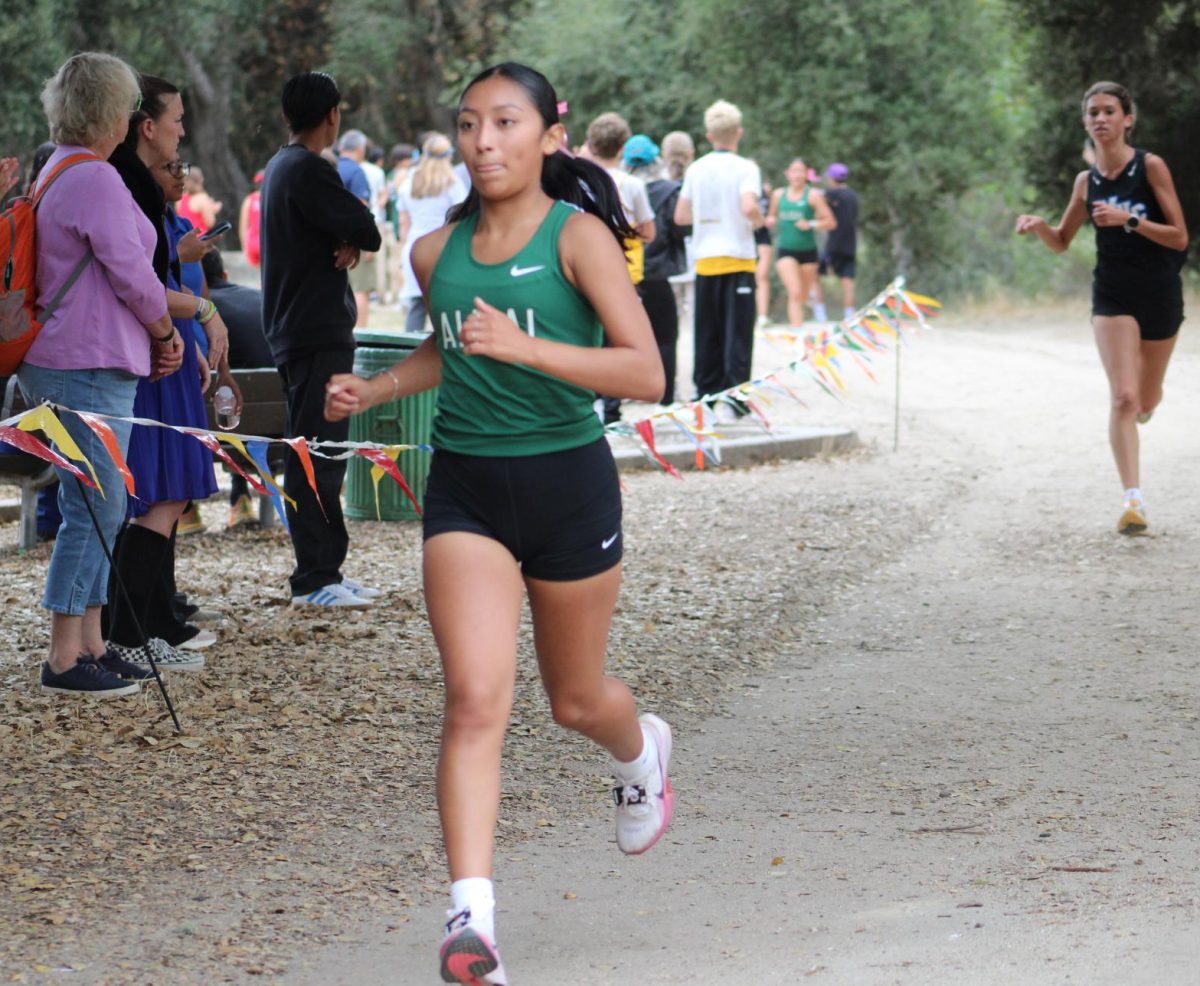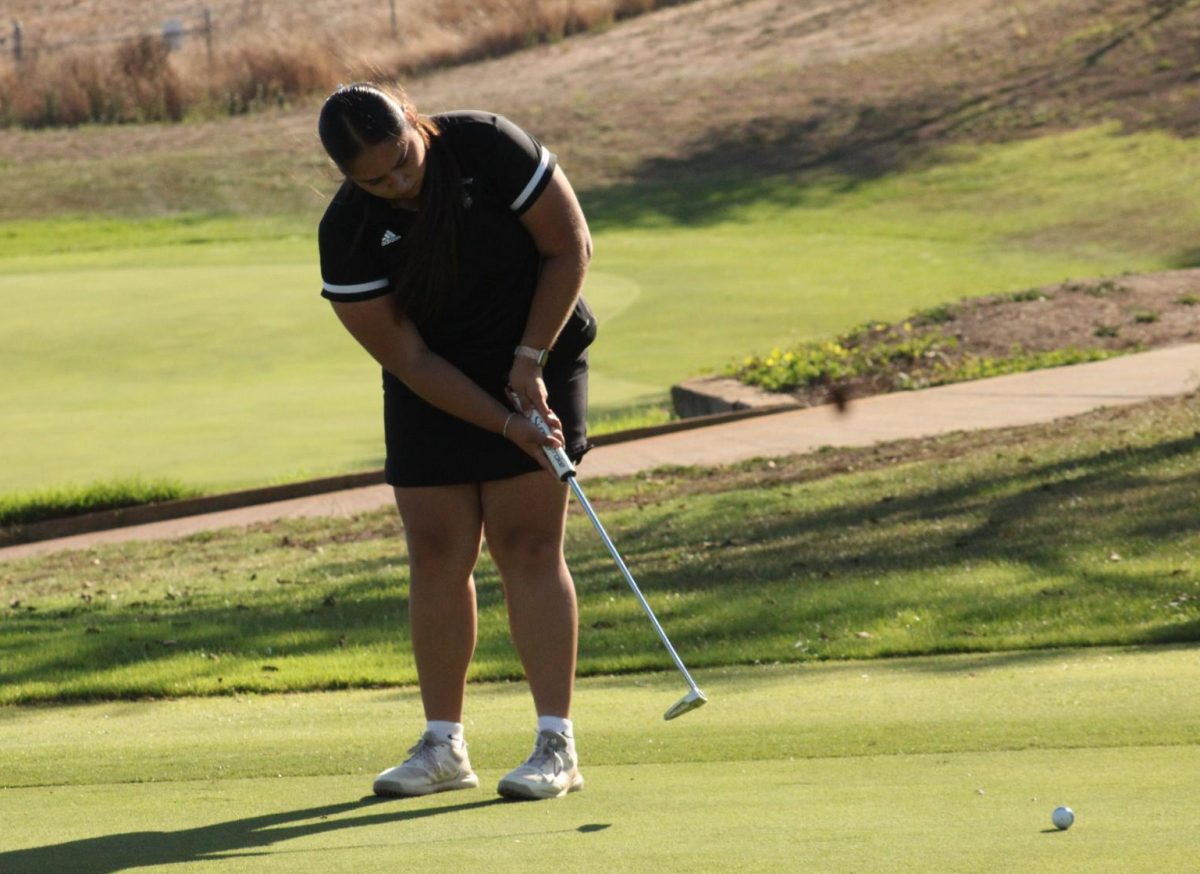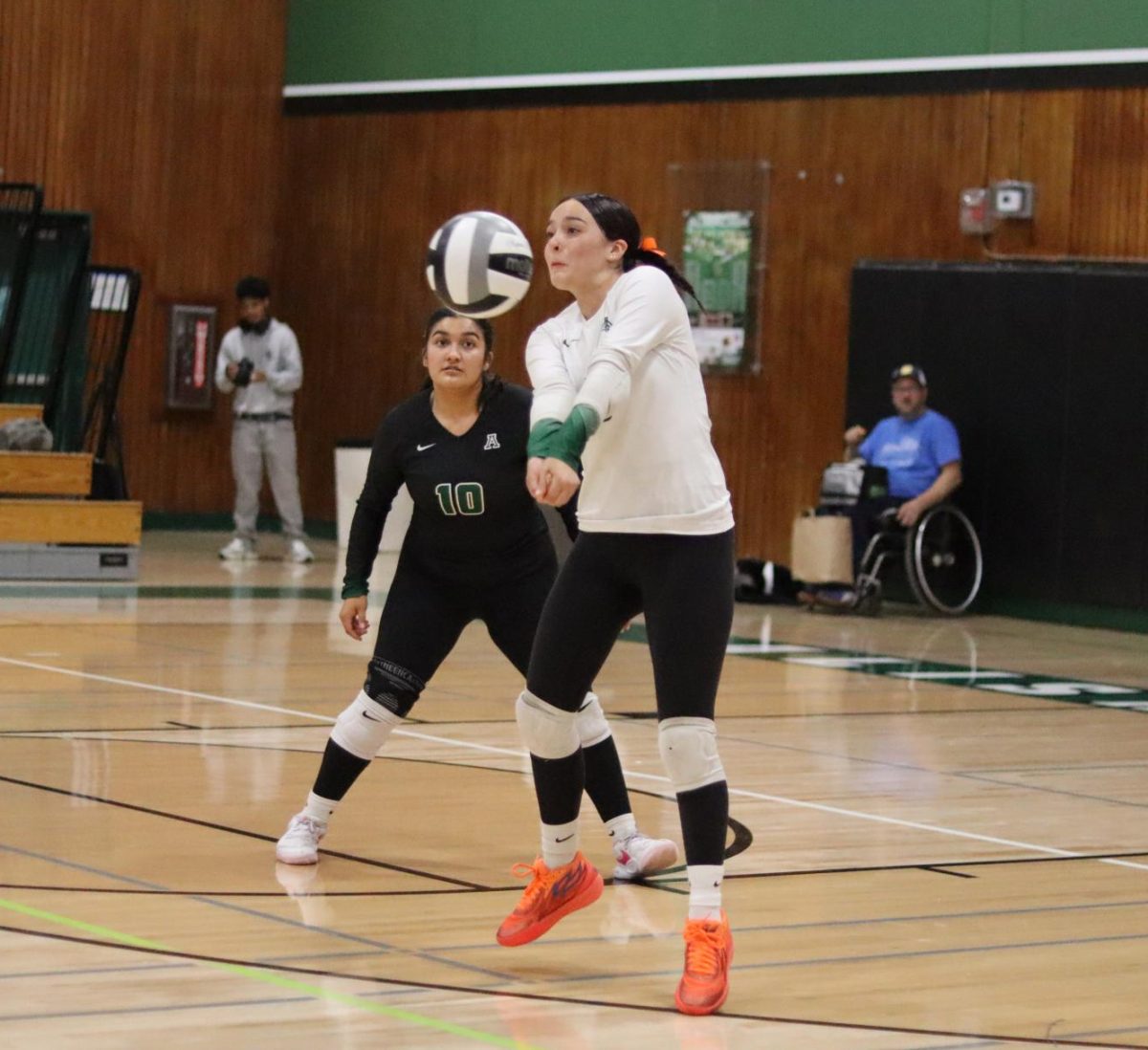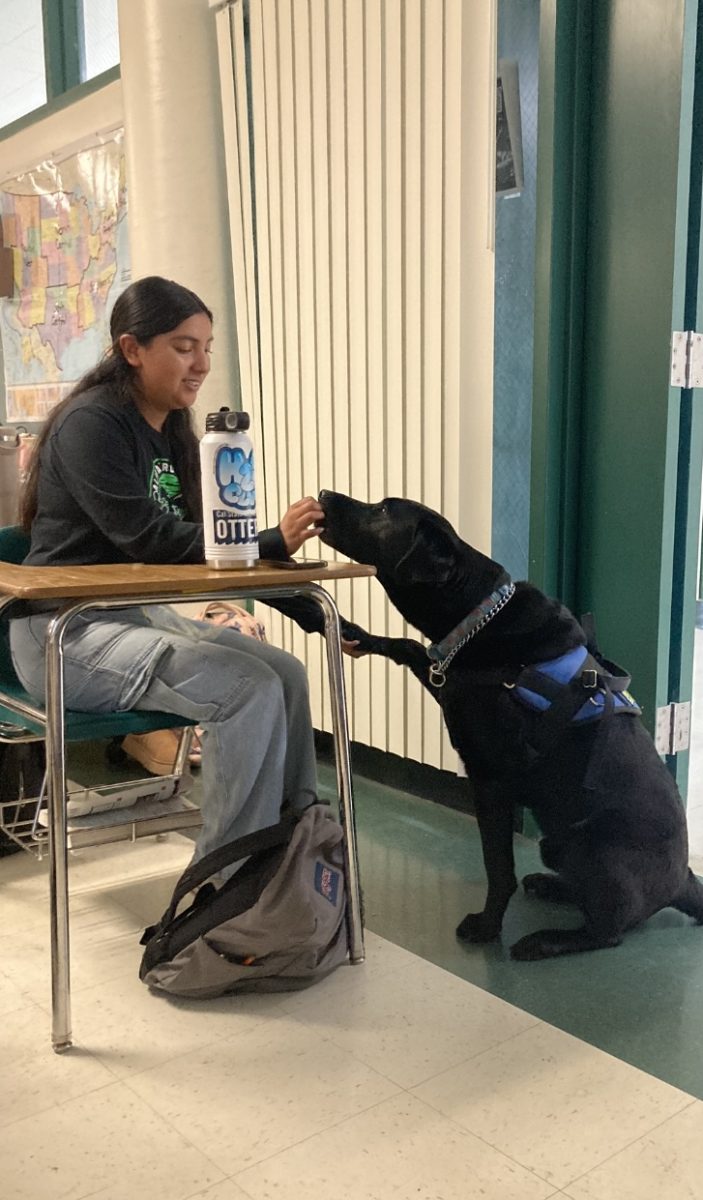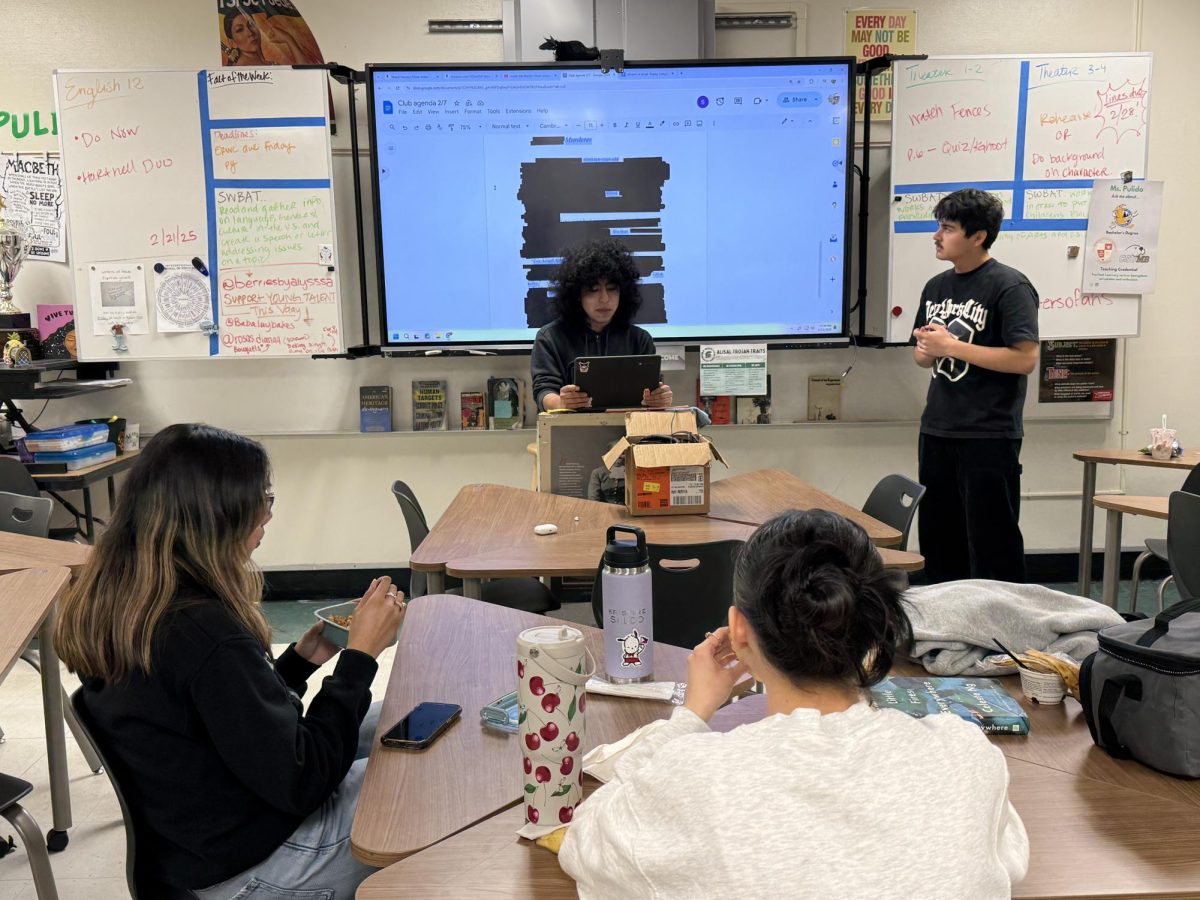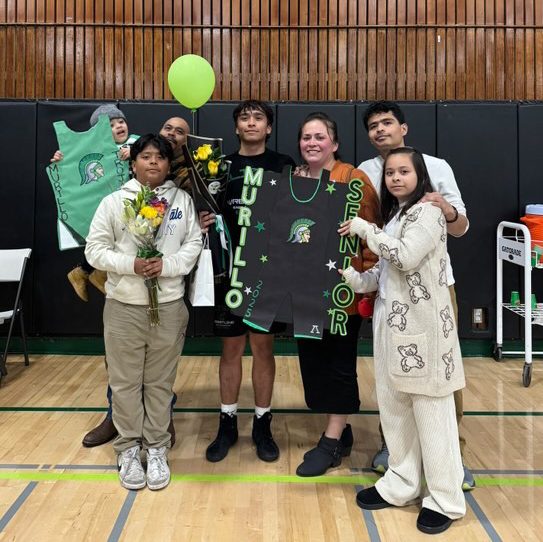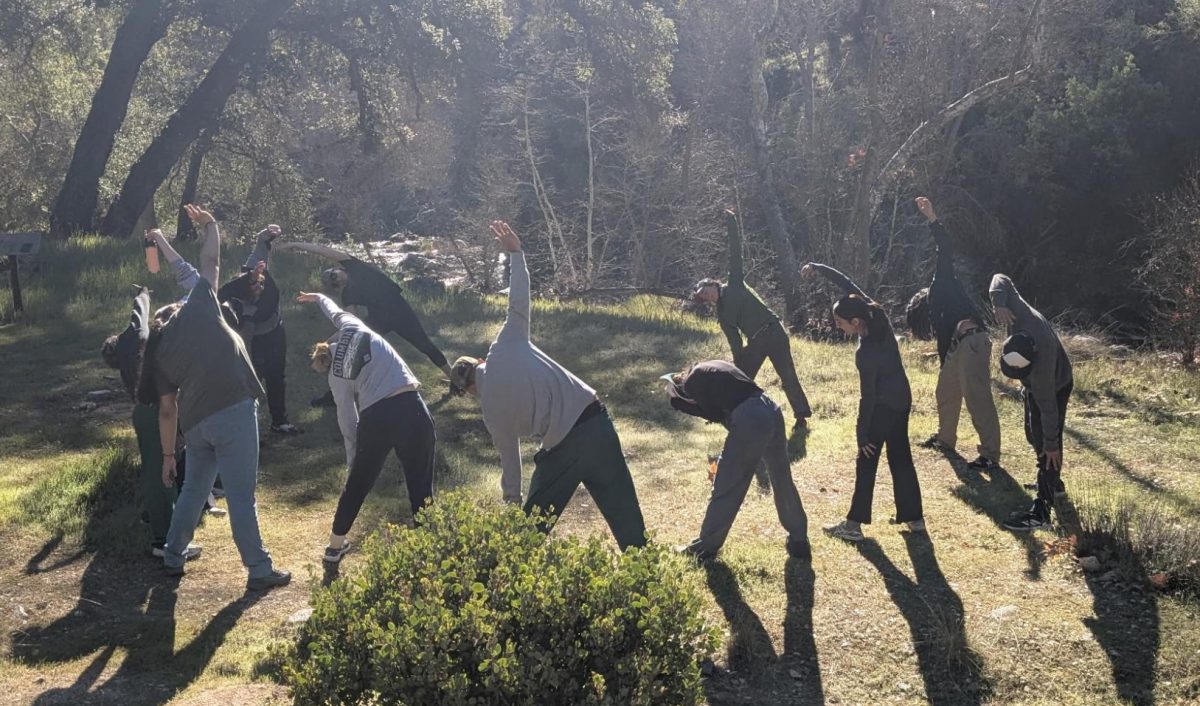Service dogs, also known as assistance dogs, are professionally trained dogs that attend to the physically or mentally restricted. They are each specifically trained to assist their owner’s condition. Varying from blindness to deafness, and impaired mobility, these dogs help their owners in their everyday lives. At Alisal, AP U.S. History teacher Bradley Ashby has Mahoney as his companion.
Ashby has been teaching at Alisal for 20 years. After a rock-climbing incident the day before his high school graduation, he was left paralyzed. His paralysis starts at his thoracic vertebrae #6, the sixth vertebrae (backbone) right below the shoulder blades, and goes all the way down. This means that he is unable to use his legs and trunk muscles to walk or bend over. Ashby spent many years without a service dog, as he was caught up with work and the responsibility of raising his kids. He previously had a beagle who snapped at his son, leaving him no choice but to find him a different home. Time went on and when he eventually decided he wanted a service dog, as they’re safe and reliable and his kids grew older, he was told to wait 2 years for the application process.
Service dogs are usually trained by charities or organizations or can be trained by their owners. Mahoney spent 6 months solely training, around the clock, at Canine Companions Headquarters and Northwest Training Center in Santa Rosa, California. This organization is supported by Jean and Charles Schulz, the creator of the comic Peanuts. Mahoney has been serving Ashby for four years now, having started at 2 and a half years, he is now six and a half years old. “Best aid ever,” Ashby said. “He is always a best friend that you can have with you. Whenever I have a bad day, whenever I’m stressed, whenever I need a hug he is there. It makes my day and my stress levels so much better.”
Due to other teachers and staff breaking school rules and bringing pets to work, Ashby and Mahoney had to go through a process that verified Ashby’s disability and Mahoney’s training. Mahoney helps Ashby pick things off the floor, pull his laundry basket around, lift himself with a pull harness, and bring firewood inside for Ashby’s wood stove. Mahoney is also able to turn lights off and hold and open doors, but Ashby says he doesn’t need his help with that.
Surprisingly, Mahoney can also bark, poo, and pee on command, of course, if it is that he needs to go to the bathroom. Ashby shared a story of a time when his daughter had let Mahoney out on a cold night and forgotten to bring him back inside. “He just stood there,” Ashby said. “[He’s a black dog] and it was dark outside, [so] we didn’t know he was out there because he doesn’t bark.” Thankfully it wasn’t too cold out as it doesn’t snow in Salinas, so Mahoney was more than fine but he’s an inside dog, not an outside dog.
At school, Mahoney has to spend a lot of time in class, but he needs breaks. While Ashby can take him during lunch, he needs to go out during classes, as passing periods are too chaotic, so he has learned to rely on certain students.
Ashby has two teacher aids, Valeria Carrera and Brianna Acevedo who help him during the second and sixth periods. “I feel good and honored that I’m trusted with a service dog,” Acevedo said. “I love everything about Mahoney. He’s very playful and will make your day no matter what.”
Ashby also pays attention to which students seem to have the closest connection to Mahoney and then teaches them a few tricks and commands and how to clean after him. Although Mahoney is allowed to socialize with students, it is only appropriate in certain situations, after all, Mahoney is still a service dog. “If the owner is okay with the dog interacting with people, it’s fine,” Ashby said. “If the owner is not okay, then it is not fine. It depends on when the user’s comfortable with having people interact with the dog.” Ashby allows almost any student, who wants to, be around Mahoney; but to walk him around is different. “People that have finished their work in class and [I feel are] competent,” Ashby said. “There’s a couple of students I wouldn’t let walk him because I don’t feel trust in them, but 95% of my students I’d let.”
On a regular workday, Mahoney gets up and puts his vest on. He pulls Ashby into school and then stays behind Ashby’s desk, where he has his bed, water bowl, and toys. He interacts with students and pulls Ashby around when he has to use the restroom. If Ashby drops something on the ground, he picks it up and when it’s time to go home he goes off duty, free to do whatever he pleases. “He doesn’t like conflict [and] alarms,” Ashby said. “Other than that he handles the day really good.”
When Mahoney eventually gets old enough and qualifies for retirement, around age 10-11, Ashby will be able to apply for another service dog. Until then, he can only have one service dog, unless he decides to train one himself. When Mahoney eventually retires, Ashby can still keep Mahoney as a pet, but he will no longer be certified as a legitimate service dog. “He means more than anything can be, besides my family, kids, and extreme connections,” Ashby said. “He’s [like a] part of my family.”

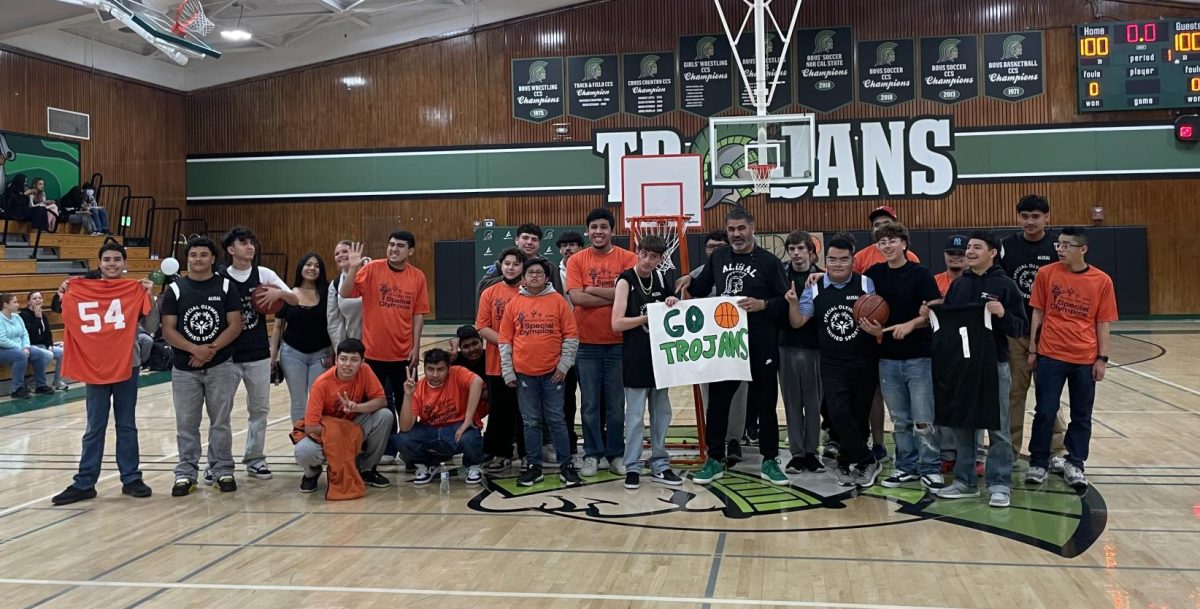


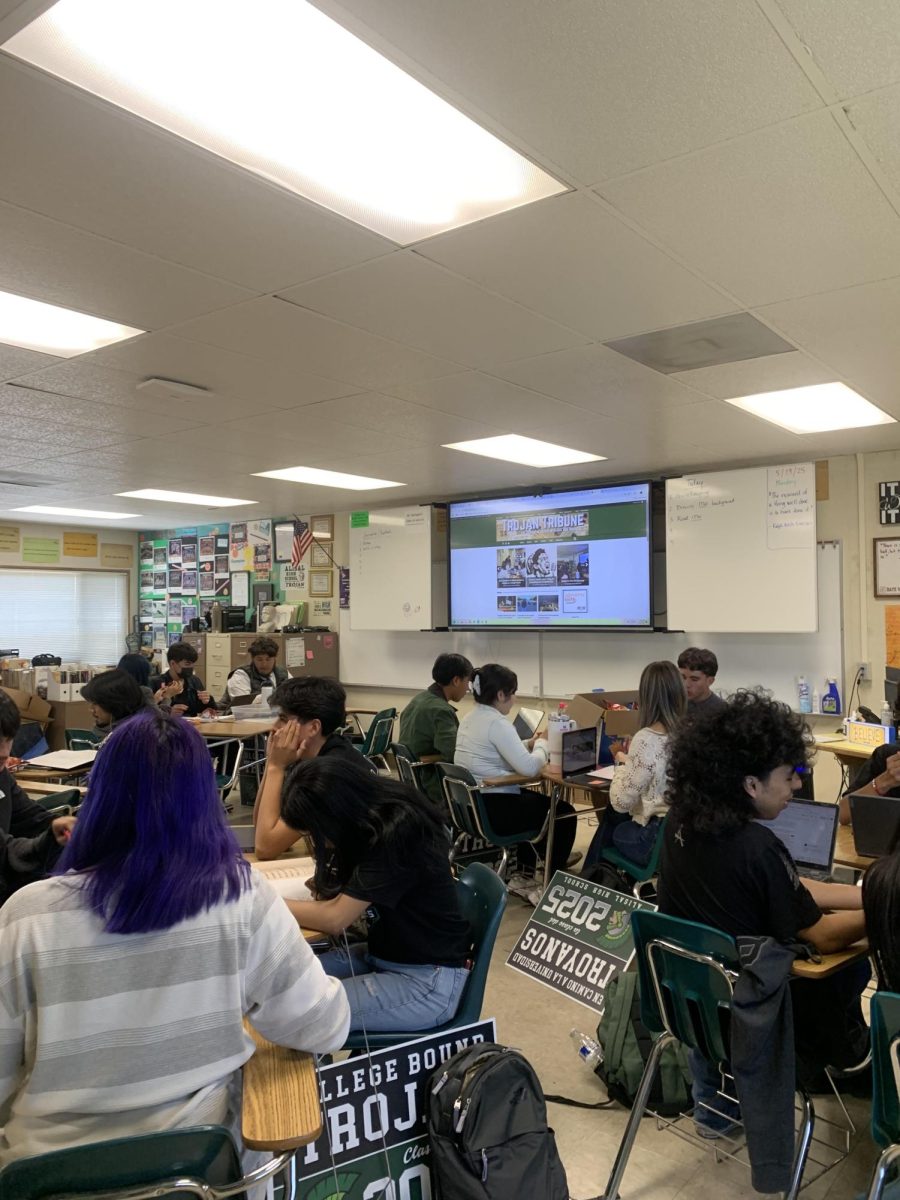

![Senior Jayden Duarte dives across the goal line for one of his five touchdowns in a dominant 62-40 victory over Monterey. It has been a highly successful season for Duarte, and he credits his coaches for putting him in positions to succeed and make key plays. “The goal is to help wherever the coaches need me, receiver, running back, [and] DB,” he said.](https://alisaltrojantribune.com/wp-content/uploads/2025/10/IMG_3599-2-1200x800.jpg)
